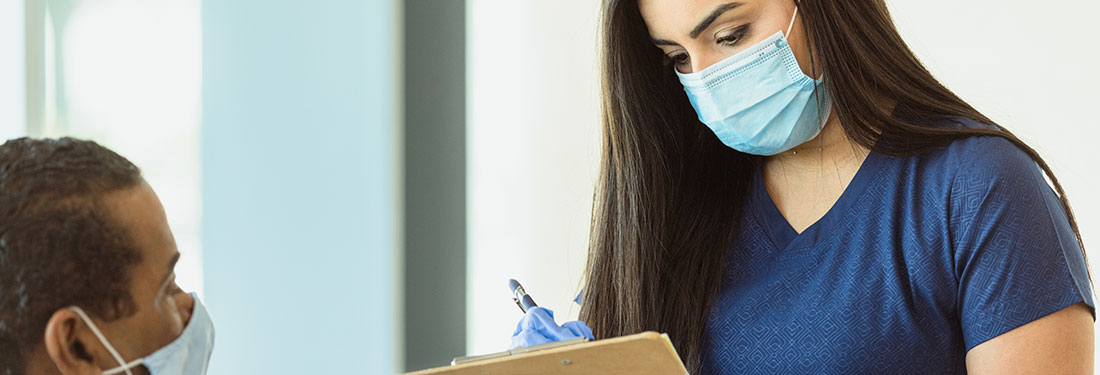Managing Phone Calls in Primary Care
Problem
At Virginia Mason, responding to patient phone calls consumed a great deal of clinic time and was not reimbursed. The primary care clinics were receiving high volumes of calls from patients seeking everything from appointments to medical advice to prescription refills. The calls often led to phone tag between the patient and the health care team, frustrating patients and consuming staff time. Virginia Mason wanted to improve patient safety, patient satisfaction, and staff efficiency and satisfaction.
Solutions
First-call resolve
Virginia Mason wanted to resolve patients’ calls in the first contact, and to do that, they had to radically redesign its call system. First, they diverted calls for prescription refills to a central location at Virginia Mason’s call center. They also assigned medical assistants to answer calls and more quickly communicate lab results to patients. Both of these steps lowered the volume of calls.
Then they standardized the way calls would be triaged. Callers with urgent concerns were transferred directly to 911 or given a warm, live handoff to a nurse in Virginia Mason’s urgent care clinic or emergency department. Patients with diabetes or heart failure were connected to a nurse ready to assist with daily glucose and other monitoring.
To handle requests that couldn’t be resolved on the first call, they created a system whereby patients seeking a same-day appointment or non- urgent medical advice would be contacted by a health care team or a nurse within an hour.
Communicating with patients
Telephone staff also began using standard scripting for every call, from the welcome greeting to a friendly closing. During each conversation, the staff member summarized the plan and gave the patient a time to expect a return call or offered to page the provider.
Managing call flow
Looking closely at takt time (a calculation of available time divided by demand to determine the rate at which work must flow), staff set a goal to respond to calls within 36 seconds. They also created a new position, that of flow manager, for the medical assistant who worked most closely with the doctor. The flow manager was now tasked with prioritizing calls and prompting the physician to respond as needed. Each day, to improve efficiency, the flow manager notified the physician of urgent messages throughout the day, rather than batching messages for the end of the day.





